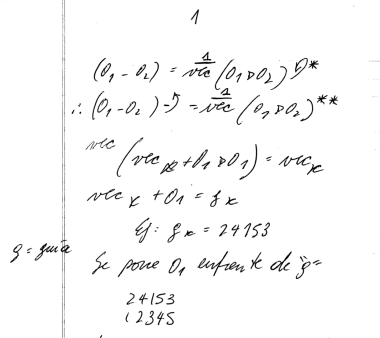Let’s talk figs.
There was a fig tree near the main house “Villa Isaura” in Carlos Paz,
Cordoba where I spent many a holiday as a kid. I remember breaking off
leaves to see and feel the white sticky substance that came out. It
was a somewhat mysterious and out of the way tree, with strange gnarly
branches and big dark green leaves, a huge contrast to the tall,
straight and ubiquitous eucalyptus trees that lined up so many
sidewalks of my Buenos Aires childhood. The eucalyptus trees that
Sarmiento brought from Australia.
I don’t think we ever collected or used the figs in any way but one
time a big event was organized: Pitina had never tried a fig in her
life. At the main dining table with the view of the lake down below
she sat to a plate with a fig, fork and knife ready. We the kids stood
all around to watch this momentous event. Did she like it? I’m not
sure.
Figs remained important in my mind though my main other memory is that
of eating dried figs imported from Turkey in the US as an adult. That
is if we don’t count the preaching of the catechism of Argentine
history lessons in primary school with Sarmiento’s mother (Dona Paula
Albarracin!) weaving while Domingo Faustino himself read under the
family fig tree.
It turns out that figs are really weird though. In a history of Aime
Bonpland’s travels in South America (“Pescador de orquideas, Aime
Bonpland 1773/1858” by Philippe Foucault) it is mentioned in passing
that Bonpland had solved the main mystery on the flowers of the fig
tree: where are they? I can’t find a good source confirming this story
but it is all very curious indeed.
Generally speaking, the flowers of the fig are in fact inside the fig
and are pollinated by a tiny wasp, specialized for this job. The
process is complicated but this co-dependence evolution has served
both fig and wasp well for ages.
I went back to visit “Villa Isaura” not long ago. The new owner though
at first suspicious was eventually convinced I was indeed who I
claimed. She let me in the house and though I knew this would happen
it was still shocking to experience how small everything really
was. The huge living room of my memory just shrunk as I walked
in. They have added a whole lot of new of apartments to rent out but
overall it all seemed the same. The araucaria tree was still standing
just outside the house, tall and majestic, a faithful witness. I think
the fig tree is gone.



 Posted by frvillegas
Posted by frvillegas 